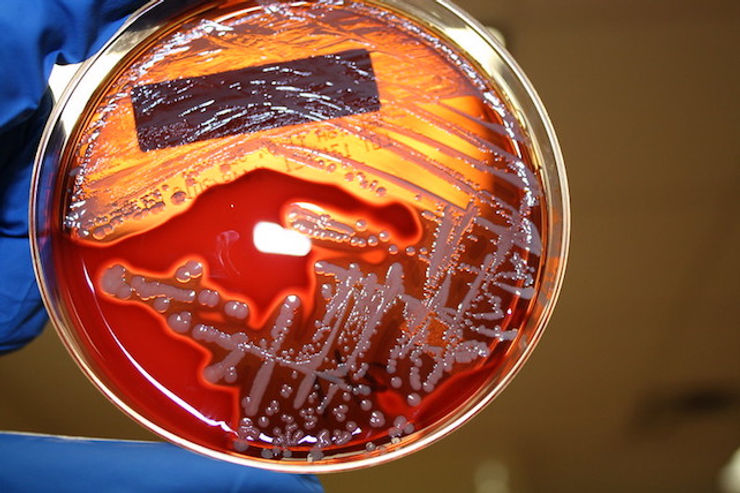By: Jeremy Liu
Leading scientists have uncovered a new understanding of how the golden staph, one of the most notorious hospital-acquired infections, becomes deadly. The bacteria, scientifically known as Staphylococcus aureus, is a commonly found bacteria on the skin and can cause infections ranging from simple boils to severe conditions such as endocarditis and septicemia.
“Golden staph is one of the most dangerous and difficult to treat hospital-acquired infections, causing a range of health complications from mild to life-threatening. This new understanding of how the bacterium evades the immune system provides an exciting opportunity for scientists to develop new treatments against antibiotic-resistant golden staph,” says Professor Trevor Lithgow, Director of Monash Biomedicine Discovery Institute.
A collaborative research team between Monash University’s Biomedicine Discovery Institute and the University of Queensland has identified a protein called ‘SapC’ as a significant player in the bacterium’s ability to evade the host’s immune system.
“The discovery of the SapC protein’s role in golden staph’s pathogenesis is incredibly important, as it could lead to the development of drugs that block its activity and restore the immune system’s ability to clear the infection. This study highlights the critical need for continued research and investment into understanding and treating antibiotic-resistant infections,” says Dr. Patrick Schaeffer, lead author of the Study.
By binding to the protein, the bacterium can resist the body’s natural defenses, resulting in chronic infections that can lead to life-threatening conditions.
The researchers found that a variant of golden staph lacking the protein SapC was significantly less fatal and more vulnerable to the body’s immune response. The discovery of the protein’s essential role in the pathogenesis of the bacteria could give researchers new insights into developing more effective treatments against antibiotic-resistant golden staph.
“The discovery of the SapC protein’s role in golden staph’s pathogenesis is incredibly important, as it could lead to the development of drugs that block its activity and restore the immune system’s ability to clear the infection. This study highlights the critical need for continued research and investment into understanding and treating antibiotic-resistant infections,” says Dr. Patrick Schaeffer.
Overuse of antibiotics remains one of the leading causes of antibiotic resistance, rendering many antibiotics ineffective against bacterial infections. Hence, discovering new ways to treat resistant bacterial infections like golden staph is crucial.
The study’s lead author, Dr. Patrick Schaeffer, noted, “now that we know what SapC does, we can start to develop drugs that block its activity. By doing so, it may be possible to disarm this pathogen and restore the ability of the immune system to clear S. aureus infection.”
This discovery is a significant step in the field of microbiology and could pave the way for new treatment methods for patients afflicted by golden staph. The researchers aim to continue to investigate the protein and find ways to neutralize its impact.
Link: https://www.monash.edu/search?query=Scientists+have+made+a+breakthrough+in+understanding+how+the+bacteria+known+as+golden+staph%2C+or+Staphylococcus+aureus%2C+becomes+deadly.+This+bacteria+is+a+common+cause+of+skin+infections+and+can+lead+to+more+severe+diseases+such+as+pneumonia+and+sepsis%2C+which+can+be+life-











